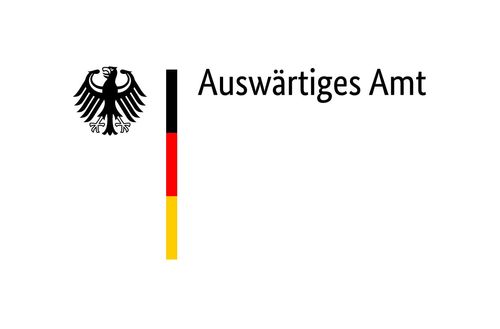Musée d‘ethnographie de l‘Université de Bordeaux
Anatol Donkan talks about other helper spirits of the shaman
“You can imagine this as a kind of field altar. In front of the various figures of shamanic helper spirits, bowls with food are placed, and elder branches are used to smoke the figures. This serves as protection against all kinds of illnesses. For example, a figure of the wind protects against headaches.
But these figures here are unusual. They were made by women during the war. When World War II broke out, male shamans were simply shot or sent to camps from which they never returned. At first, the Nanai were exempted from military service if they worked on collective farms where they fished and hunted, essentially becoming farmers. But then these men were also sent to the front, and about 80 percent of them did not come back because they died there. So the women wanted to know where their husbands were, as mail took a long time to arrive, if it came at all. They asked the chairman of the collective farm for permission to do some rituals. The chairman, who was also a Nanai at that time, said, ‘Alright, go into the forest and you can perform your rituals there.’
The women went into the forest with saws and axes. They felled a tree and made figures from it, which they placed on the altar. They fed the figures, stroked them, smoked them, and each figure was asked, ‘Tell me, help me know where my husband is now?’ This brought them some comfort, as they were very confused. Some people did return from the front. Tumali and other wounded soldiers came back as invalids. The women told them, ‘We performed shamanic rituals for you to find out where you are.’ The soldiers said, ‘Yes, we felt that someone from home came to us.’ One of them, the wounded Tumali, became a shaman and said, ‘At the front, our spirits came to me.’ After he returned to the village of Kondon – as the villagers told – he simply went into the forest. Then they heard songs, unusual songs. At that time, they also sang patriotic songs. When he came out of the forest, everyone knew he had become a shaman. People didn’t call him by name, but simply said, ‘There lives the shaman.’ These were the figures that were forgotten there. When I asked why these figures were so simple, the women said they were in a hurry to make them so they could start the shamanic rituals.”(Video in progress)
Recorded by Erich Kasten. Viechtach, 2024.



